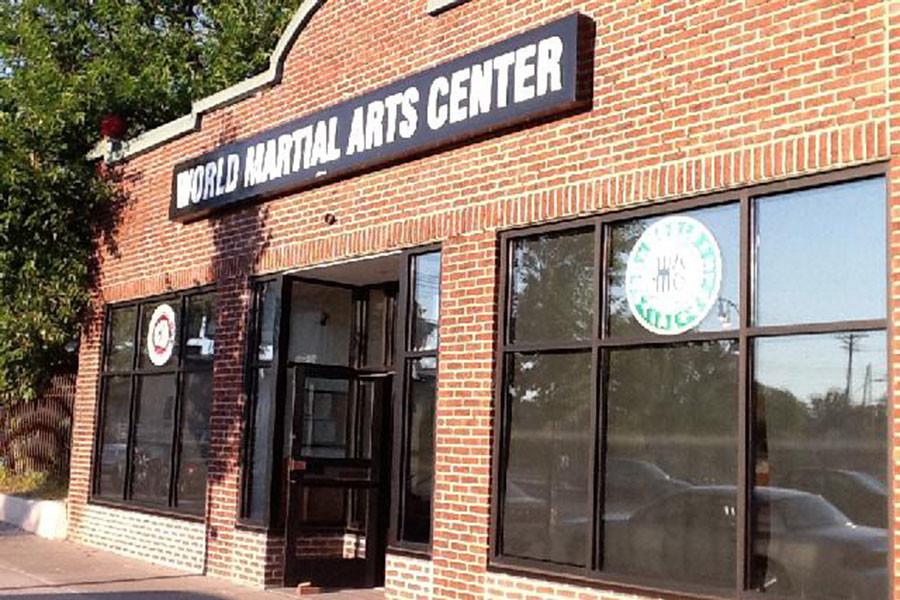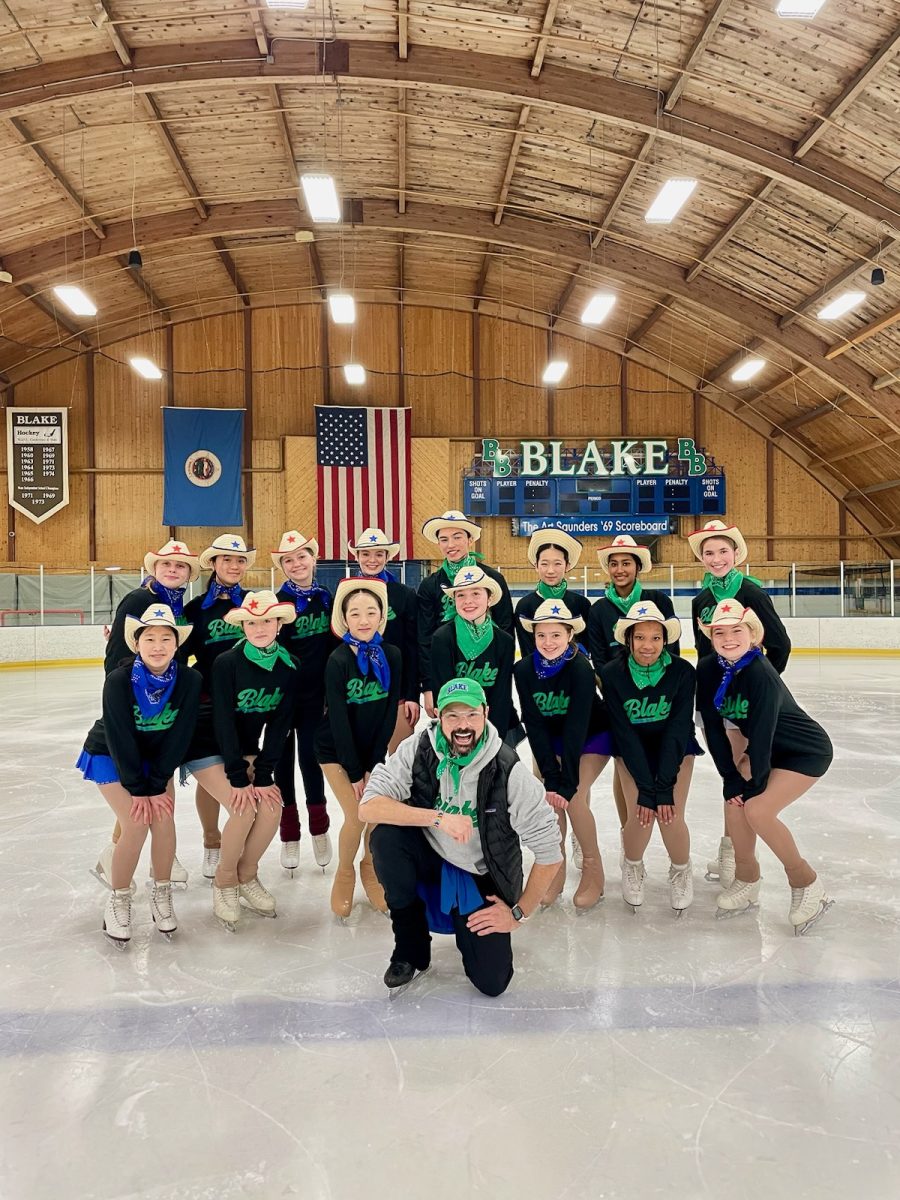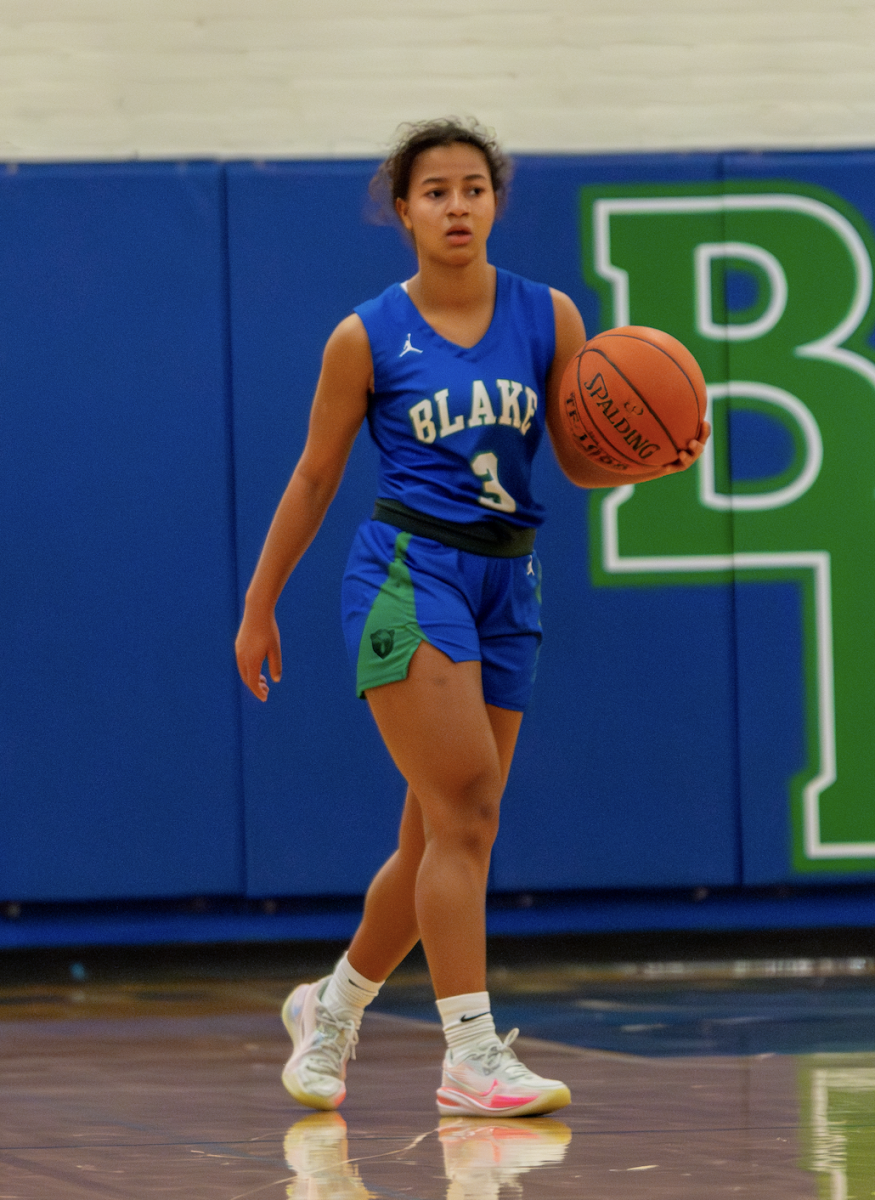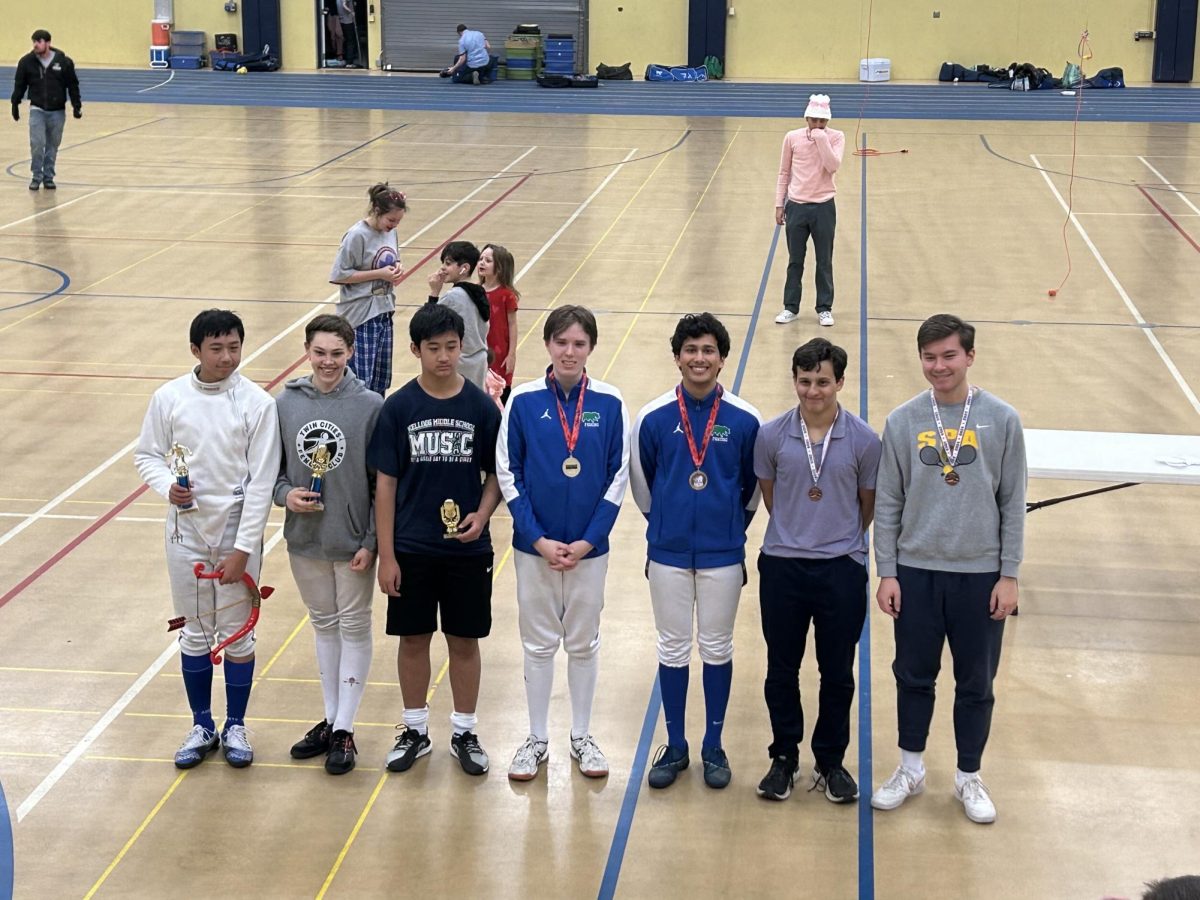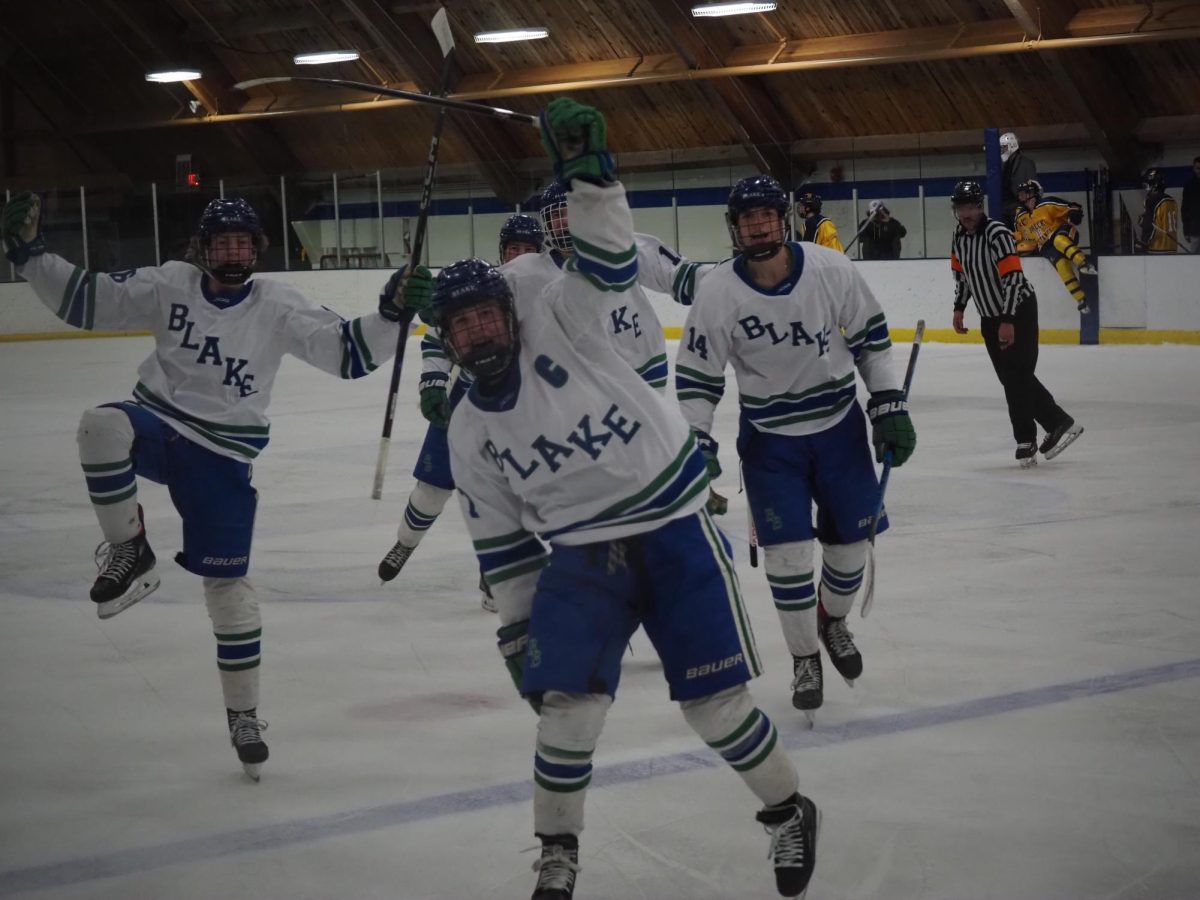Michael Malecha ’16
As I stepped into the Dojo, I did not know what to expect. Adolescents were lined horizontally in front of the instructor all clad in black clothing, each wearing belts synonymous with their degree of ability. On the walls behind the young fighters were two flags, one being the flag of the United States, the other a flag with a Korean symbol in scripted upon it that the instructor explained was a symbol of respect and submission to the way of fighting. As the fighters left or entered the Dojo, they bowed to the flags in silent respect.
The instructor who supplied our interview was Mr. Steve Rodgers, a Minnesota man who had been teaching martial arts in the city for close to 6 years. Rodgers began fighting because he lacked direction as an adolescent, claiming that martial arts “provided a path and way of life” for him. Through the discipline of the fighting school, Rodgers was shaped to become a young man that pushed himself past adversity while learning the values of respect, restraint, and humility.
The discipline of the school was the most distinguishing feature that I noticed. Before the instructor we stood, arms at our sides in complete attention and void of any distractions. The instructor would then yell “arms up” and we would raise our fists, following a loud, powerful exclamation: “Fighting stance!” We shifted our position so one leg was behind the other and bounced on our toes. “It is important to stay on the ground,” the instructor explained, “while maintaining balance and power in our toes.” Like butterflies we bounced until Rodgers yelled “Power” in Korean, whereas the fighters leapt forward and punched with all their might. The fluid motion of the fighting felt good for the body and the unison with the other fighters felt good for the mind. As Rodgers said, “fighting has equal benefits for both physical and mental health. For example, in the past fighters with autism have found that their ability to communicate whilst inside the Dojo improved and children who had extreme hardship with making social connections have done so through fighting. Through the tough environment of the Dojo, they’re forced to interact with others.”
The environment of the Dojo was strict, but the discipline created a sense of purpose among the fighters. As we received our individual lesson, our teacher would bow to us before anything we did. We would bow back, complete the exercise, and revert back to attention while reciting the Korean phrase for “thank you”, or “gamsahabnida.” While fighting, our individual instructor stressed the importance of thinking clearly. Every move, every kick, punch, throw, was to be performed without distractions. Our instructor explained that if we continued to train and actually fight we would truly understand the importance of being in the moment – in a real fight, there was no where else you could be.
All in all, fighting, for the mere amount of time we trained to learn about it, was dense and new, and as I left the Dojo and bowed to the flags and silently said gamsahabnida.
Gavin Siegert ’16
It’s no underground trend, fighting and Martial Arts is everywhere, whether it be Tom Cruise beating up a bunch of thugs, or Jackie Chan fighting off 12 other guys with swords. As viewers the fights scenes simply add action and excitement to the movies, but what is the fighting past just amusement to our eyes? To answer this question Me and My good friend, Michael Malecha, attended a class at our local Martial Arts Dojo, and let me tell you it was a hell of a lot more than learning the fancy moves in the movies. People forget that fighting is a physically exhausting activity. We did drill after drill of basic punches and kicks, and I was wiped. The secret agent who has a 10 minute fight with 10 bad guys and then runs 5 miles in a chase scene is ludacris. Not only is fighting exhausting but the discipline involved is shockingly strict in more ways than one. While in the Dojo we were required to bow to the flags entering and exiting, bow to any instructors in the Dojo, and respond to any request or demand with a firm “Yes Sir!”. The moves themselves each require a strict step by step process. Fighting isn’t just throwing your limbs around, there is sanity in the chaos, a flow and movement of the body, hence why it is Martial Art’s. Though the strictness came as a bit of a surprise, it was still very enjoyable. Libby Francho has been practicing a Martial Art known as Tae Kwon Doe for 9 years and has achieved her third degree as a black belt. Libby says that not only is Tae Kwon Doe a blast, but also a great outlet for energy and that “punching something before exams is a great stress reliever”. Libby points out that fighting and Martial Arts can be beneficial to you in all other sports improving balance, hand-eye coordination, eye-foot coordination, and overall muscle strength. Libby recommends Martial Arts for anyone is at all interested. It can aid in multiple aspects of your life, and not to mention give you a little protection in the streets. Don’t let the movies be your only insight to Martial Arts, go out and experience it for yourself, go out and experience what your body is capable of.

